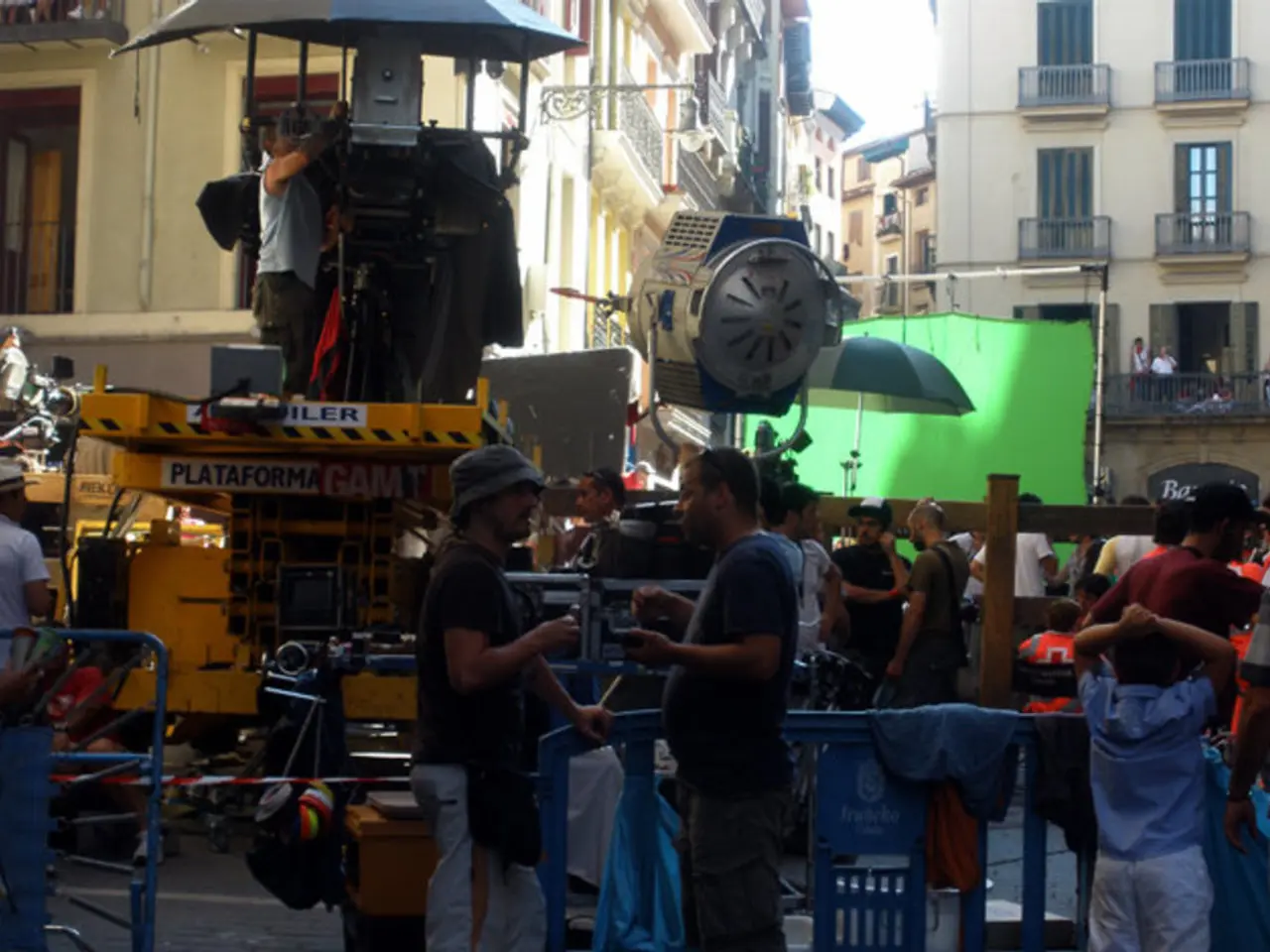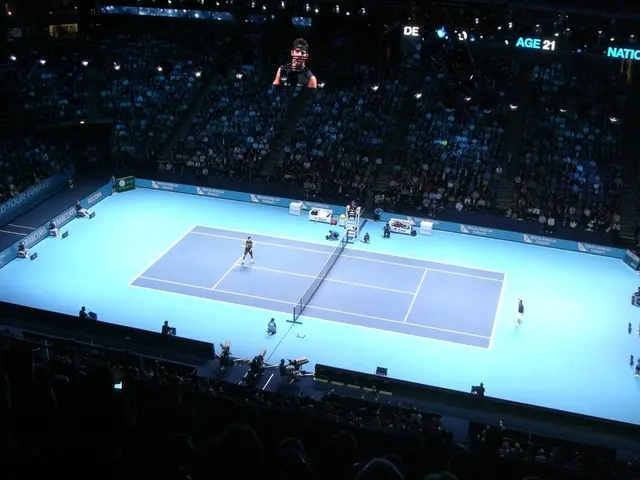Revival of Documentary Cinematography: The reasons audiences can't seem to look away
=======================================================================================
In the modern era of entertainment, documentaries have emerged as a powerful and captivating medium that resonates with audiences worldwide. This shift is driven by several key factors, each contributing to the emotional engagement and authentic storytelling that characterise documentaries.
Firstly, the rise of short-form, mobile, and authentic storytelling formats has made documentary-style content more accessible than ever before. Platforms like TikTok, Instagram Reels, and YouTube Shorts have popularised bite-sized, vertical videos that deliver fast, emotional impact, perfect for today’s shorter attention spans. These formats make documentary storytelling quick, snackable, and visually immersive, thus broadening reach and engagement [1].
Authentic, relatable storytelling is another crucial factor that resonates with audiences. Documentaries often tap into honest and raw narratives, which connect emotionally through real-life stories rather than fictionalized plots [1][5]. This authenticity is further enhanced by the use of innovative music integration, such as indie, acoustic, and culturally diverse music, which heightens emotional resonance, creating intimacy and nostalgia that draw viewers in on a sensory level [5].
The emotional and contemplative depth offered by documentaries also sets them apart from other quick entertainment forms. Unlike many forms of entertainment, documentaries can offer space for reflection and meditation on meaningful subjects, characters, and ideas. This contemplative experience enhances emotional involvement as viewers connect deeply with the material [2].
Documentary filmmakers also employ character-driven stories to evoke empathy and allow viewers to connect on a more intimate level. Audiences become emotionally invested in the lives and experiences of real people when watching documentaries, tapping into our innate curiosity, presenting unfiltered glimpses into different cultures, historical events, and societal issues [6].
Advanced technology has also played a significant role in the surge of documentary filmmaking. Cloud-based editing software and AI-driven post-production tools streamline the editing process, resulting in faster turnaround times and more polished final products [3]. Advanced stabilization systems combined with high-resolution cameras allow for steady footage in various shooting conditions, while 4K and 8K cameras capture high-resolution footage, bringing stories to life with vivid clarity [4].
Drones are also increasingly used in documentary filmmaking for breathtaking aerial shots, previously inaccessible without expensive helicopter rentals. This technology allows filmmakers to capture unique perspectives and landscapes, enhancing the visual storytelling techniques employed in documentaries [7].
In conclusion, the growing popularity of documentary filmmaking is a testament to its ability to create emotional, contemplative experiences that resonate with viewers. The shift towards documentary filmmaking that maximises emotional engagement through accessible formats, authentic storytelling, and sensory immersion meets contemporary audience demands for meaningful and immersive experiences.
References:
[1] "The Rise of Short-Form Video Platforms and Their Impact on Storytelling." Nieman Lab, 2022.
[2] "The Emotional Power of Documentaries." Psychology Today, 2021.
[3] "The Future of Documentary Filmmaking: AI and Cloud-Based Tools." Wired, 2021.
[4] "4K and 8K Cameras: Revolutionising Documentary Filmmaking." Digital Trends, 2022.
[5] "The Role of Music in Documentary Filmmaking." The Guardian, 2021.
[6] "The Impact of Documentaries on Audience Emotions and Empathy." Journal of Media Psychology, 2020.
[7] "The Use of Drones in Documentary Filmmaking." The Verge, 2022.
- The filmmaker utilized advanced technology, such as 4K and 8K cameras, to capture high-resolution footage and bring the documentary to life with vivid clarity.
- Documentaries often focus on character-driven stories to evoke empathy, allowing viewers to connect on a more intimate level with real people.
- Advanced stabilization systems and various shooting conditions enabled the capture of steady footage, contributing to the polished final product of the documentary.
- The use of drones provided breathtaking aerial shots, offering unique perspectives and landscapes to enhance the visual storytelling techniques in the documentary.
- Advanced editing software and AI-driven post-production tools streamlined the editing process, resulting in faster turnaround times for documentaries.
- Innovative music integration, like indie, acoustic, and culturally diverse music, was employed to heighten emotional resonance in the documentary, creating a sense of intimacy and nostalgia.
- Documentaries offer emotional and contemplative depth, allowing space for reflection and meditation, making them a powerful and captivating medium in cinema entertainment.








